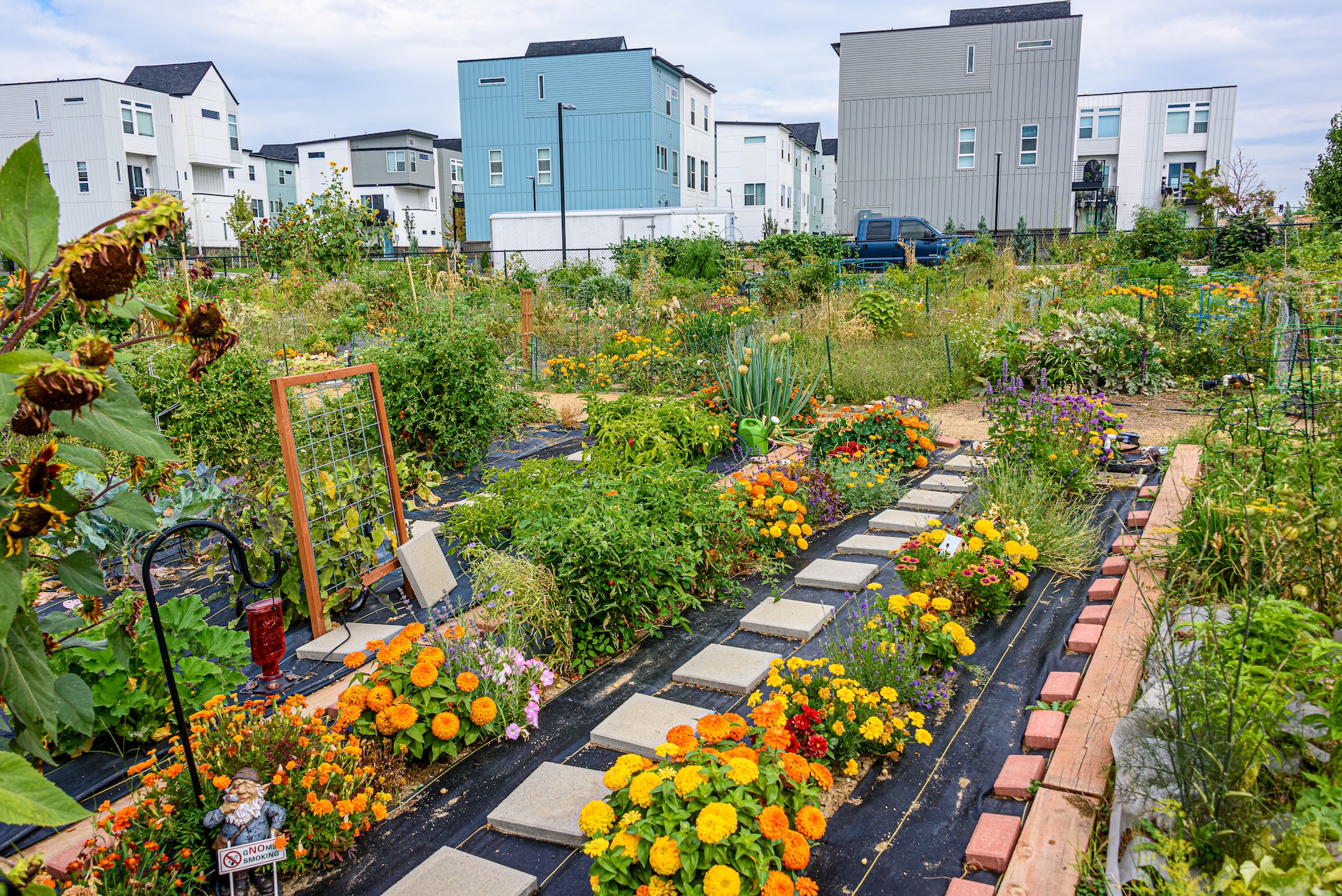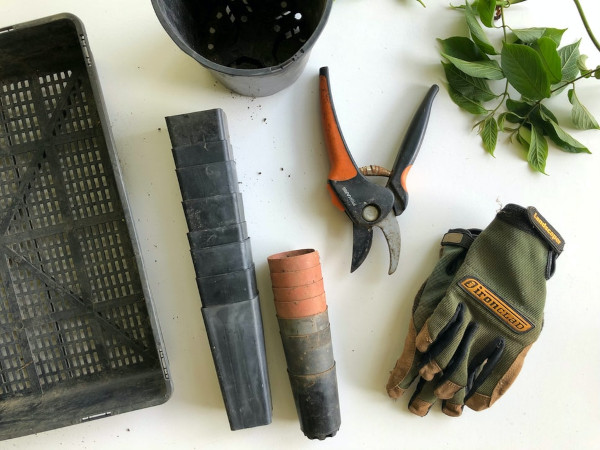How to Take Care of a Shared Garden

A shared garden can be a wonderful community asset, bringing together neighbors to grow plants, enjoy fresh produce, or simply appreciate the beauty of nature. However, taking care of a shared garden requires some coordination and cooperation among all participants. Here are some strategies to ensure your shared garden flourishes and remains a point of pride for everyone involved.
Determine Shared Goals and Responsibilities
Firstly, it's crucial to discuss and determine shared goals and responsibilities for the garden. This discussion can include what types of plants you all want to grow, how to divide up the work, and how the garden's produce or aesthetic benefits should be shared. For instance, finding the perfect Japanese maple or deciding what hedges to buy may require a collective decision if they're to be planted in a communal space.
It's essential to set some rules and establish a routine for garden care. This might include a watering schedule, a plan for weeding and pruning, and a system for composting garden waste. It's also important to agree on how to deal with any garden pests or diseases that may arise.
Create a Planting Plan
A well-thought-out planting plan can ensure that everyone's preferences are considered and that the garden remains aesthetically pleasing throughout the year. It's a good idea to include a variety of plants that offer different benefits, such as flowers for beauty, vegetables for harvest, and trees for shade.
The planting plan should also consider the requirements of different plants for sunlight, water, and soil type, ensuring that each plant is placed in a location where it will thrive.
Respect Each Other's Spaces
If the shared garden includes individual plots as well as communal areas, it's important to respect each other's spaces. This means not planting in someone else's plot without permission, keeping shared paths clear, and being careful not to let your plants encroach on others' areas.
Keep Communication Open
Maintaining a shared garden requires ongoing communication among all participants. Regular meetings or a shared online platform can be useful for discussing any issues that arise, making collective decisions, and coordinating work sessions.
Communication is especially crucial if problems arise. For example, if someone isn't fulfilling their responsibilities for garden care, it's important to address the issue directly but respectfully, seeking a solution that works for everyone.
Share the Harvest
If your shared garden includes edible plants, it's important to have a fair system for sharing the harvest. This might be as simple as everyone taking what they need, or there could be a schedule for harvesting different crops. If there's a surplus, you could consider donating it to a local food bank or community center.
Foster a Sense of Community
Finally, a shared garden is not just about the plants; it's also about building a sense of community. Organizing social events in the garden, such as potlucks or garden tours, can help foster relationships among garden members and make gardening a more enjoyable activity for everyone.

Taking care of a shared garden can be a rewarding experience, offering not just the joys of gardening but also the chance to form meaningful connections within your community. By determining shared goals and responsibilities, creating a planting plan, respecting each other's spaces, keeping communication open, sharing the harvest, and fostering a sense of community, you can ensure that your shared garden is a success. Happy gardening!